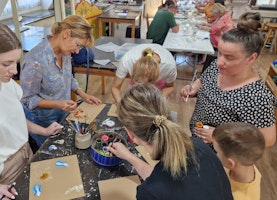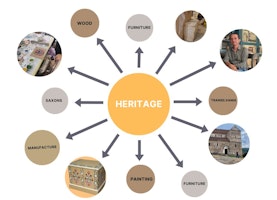Community-based art education for exploring heritage
The most important principle of community art education is that everyone can participate in making art. The process and shared experiences during the process are more important than the artistic products.













